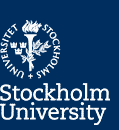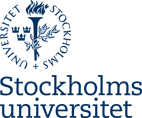Time: 2 May 2018, 1 - 2 pm
Place: B705
Abstract
The National Board of Health and Welfare (Socialstyrelsen) published a report in 2016 on recommendations of appropriate methods for age assessment among young boys and girls. They recommended the use of magnetic resonance imaging (MRI) on knee joints to assess whether a person is above 18 years of age or not. In their report they stated that the risk of misclassifying a boy as adult with this method is 3%, and were thereby able to convince a number of organisations that this was an ethically correct method to use.
The National Board of Forensic Medicine (RMV) was convinced and started applying the method in 2017. They have made over 10,000 assessments using this method, which the Swedish Migration Agency have used in their evaluations of asylum applications.
Johan Bring and I showed earlier this year that the National Board of Health and Welfare made several major mistakes in their report from 2016. If the analysis in the report had been made correctly, the proposed MRI method would probably never have been used. Furthermore, there is no analysis showing how large proportion of asylum seekers that have been incorrectly classified as adults using this method.
I will describe the errors that the National Board of Health and Welfare made in their report, and also some contradictory results obtained in age assessments made by The National Board of Forensic Medicine. Our criticism and suggested correct analysis are available at http://snackastatistik.se/aldersbedomning-av-barn-och-unga-vuxna/ (text and videos, in Swedish).



